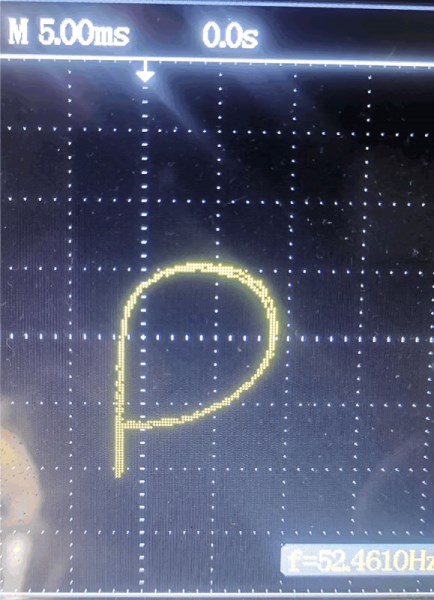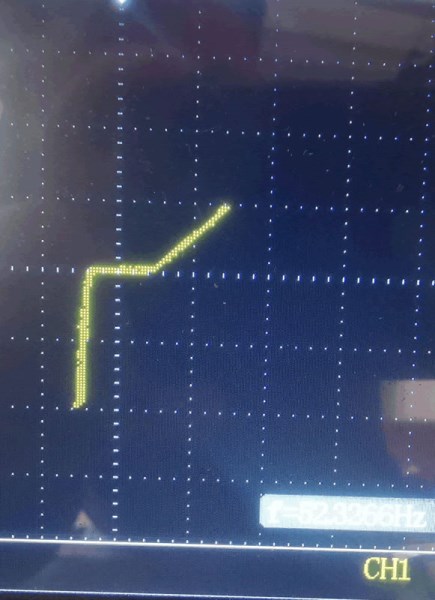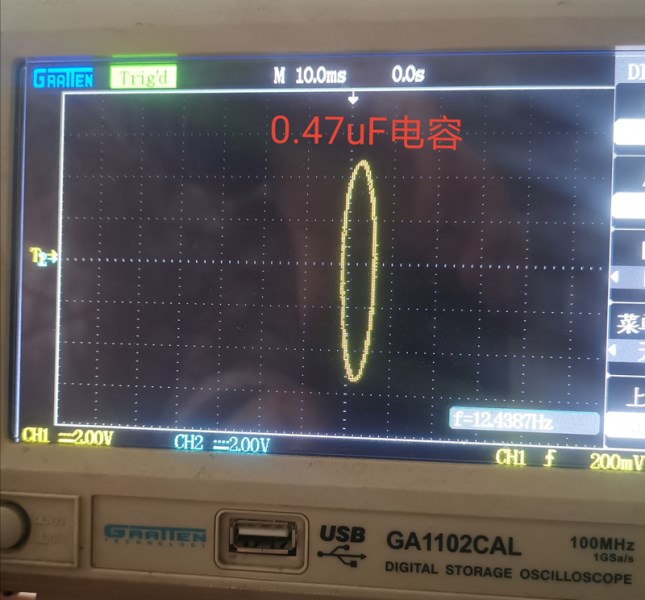Condition:New
Type:Logic ICs
Two-channel curve tester, the two channels display left and right movement at the same time, which can clearly compare the quality of components
Newly added automatic scanning function! ! !
This instrument is used with a dual-channel oscilloscope. There is no special requirement. Please contact if you are unclear.
VI curve analysis is also called ASA. It does not involve circuit principles and does not require the circuit to be in working condition. Therefore, it can be used for fault detection of circuit boards without drawings and materials, separated from the equipment (without online testing); there is no need to power on the circuit board, which is relatively safer .It does not involve the functions of the components on the circuit board, so no matter what type of components the circuit is composed of, digital, analog, mixed digital-analog, known functions, unknown (such as dedicated, programmable), etc., can be used. Test; It is tested by circuit nodes (device pins), and is basically not limited by the packaging of components on the circuit board. Since a single device can be regarded as the simplest circuit board circuit, ASA technology can also be used to detect the quality of large-scale, complex or unknown integrated devices. In fact, due to limited conditions, ASA is the only way for many users to detect such devices. In addition, when ASA is used to detect the function of discrete components, it is also convenient and intuitive.
VI and the multimeter resistance method type, but the multimeter resistance file voltage is low, and this instrument uses AC signals to excite the circuit nodes, because the amplitude and frequency are adjustable, it can be excited by the amplitude close to the working voltage, and the measured graph is more realistic , After comparison, the faulty node can be found. Due to the limited current applied to the components, this technology will not affect or destroy any components. ASA has many advantages. It has been proven to be a fast and effective fault diagnosis technology! ! !
This instrument does not have a power cord. It is equipped with 2pcs BNC wires.

1. Use the provided BNC cable to connect to the XY of the oscilloscope according to the mark.
2. Set the vertical sensitivity to 2V/div, and the horizontal time base to 5MS/div (digital oscilloscopes need to adjust the time base according to different frequencies, and the horizontal line will be displayed as a dot if the horizontal line is not adjusted). If the curve is displayed as a 45-degree line, select Another trigger channel. Mode: x-y
3. Select low resistance, low frequency, connect the test pen, adjust the horizontal position so that the open horizontal curve is on the horizontal cross axis, short the test pen, the screen will display a vertical line, adjust the vertical position so that the vertical line is on the vertical cross axis.
4. The machine has 4 internal resistances and 4 frequencies to choose from. The internal resistance and frequency indicator lights selected by pressing the button will light up. Press the channel key, A, B, and A/B will flash, and A/B will be displayed at the same time, that is, dual channels.
5. For other detailed VI internal resistance, frequency selection, and curve definition, please refer to the email. TSH-210 is a foreign product manual, or it can be said to be a textbook. It is recommended that you read it carefully.
6. The choice of internal resistance is very important. Inappropriate internal resistance will cause the curve to show an open or short circuit curve. The most sensitive one is the 45-degree curve. For the composite curve of resistance, diode, capacitor and inductance, try to make the composite curve into 45 angles. There are many examples of the effect of TR-210 manual on internal resistance, please read it carefully and understand! The internal resistance is like the resistance of a pointer multimeter. You use the R1 file and measure the large resistance with the needle on the far right side. The resistance of 10K and 20K is the same. It is a horizontal line on the VI curve. You can’t distinguish it. Use large internal resistance to measure. The small resistance, the pointer is on the far left, is a vertical line on the VI sutra, and you can't separate it. This instrument has 4 levels of internal resistance, which is set based on the experience of major domestic manufacturers. It has a different effect from those instruments with only 1 level of internal resistance. Some of the curves seem to be the same, and you will find the difference if you use different internal resistances. You only know after using things. It is recommended to go to the official website of Huineng to read the introduction of VI curve before buying, and avoid detours.



